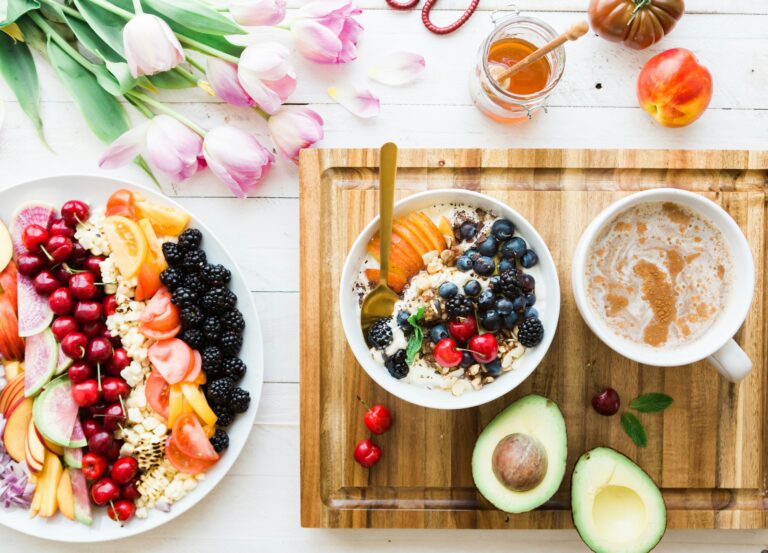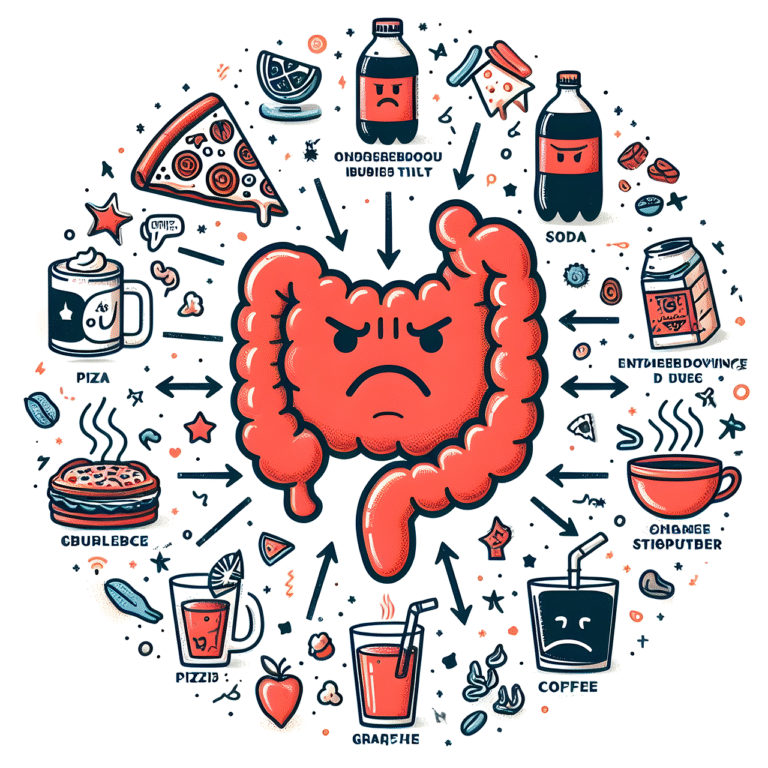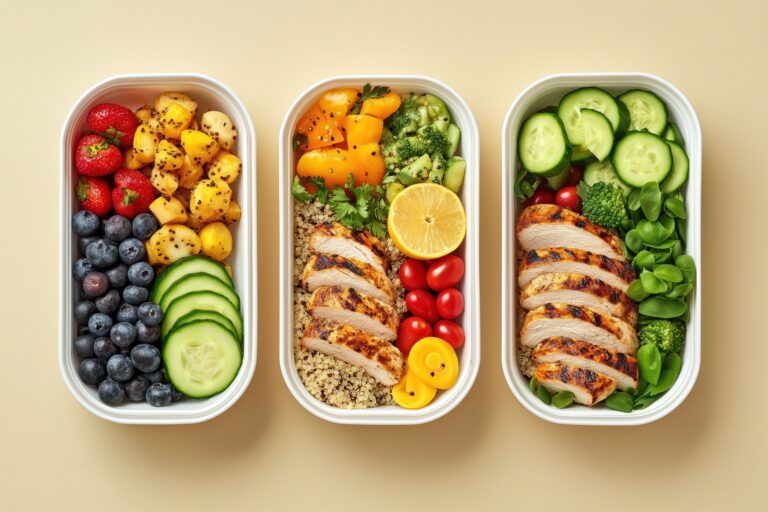Introduction to a Plant-Based Diet
Thinking about switching to a plant-based diet? You’re not alone! More and more people are discovering the benefits of eating more plant-based foods, whether for health, ethical, or environmental reasons. But starting this journey can feel overwhelming if you don’t know where to begin.
A plant-based diet focuses on eating whole, unprocessed foods from plants, such as fruits, vegetables, legumes, whole grains, nuts, and seeds. It doesn’t necessarily mean you have to give up all animal products immediately, but rather prioritize plant-based foods in your meals.
In this guide, we’ll walk you through everything you need to know to transition smoothly into a plant-based lifestyle. From essential foods to meal planning, overcoming challenges, and staying motivated, we’ve got you covered!
Understanding a Plant-Based Diet
What is a Plant-Based Diet?
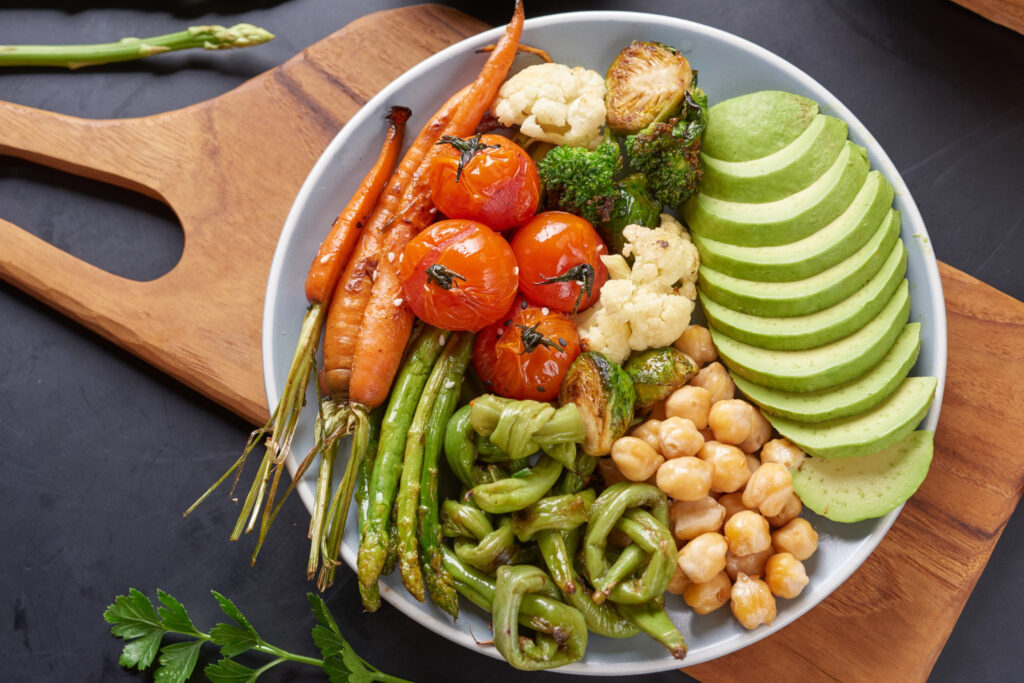
A plant-based diet is centered around whole plant foods, minimizing or eliminating animal products. Unlike strict veganism, which excludes all animal products, plant-based eating focuses on incorporating more plants into the diet without necessarily being restrictive.
Difference Between Vegan, Vegetarian, and Plant-Based Diets
- Vegan diet: Completely avoids all animal products, including dairy, eggs, honey, and even animal-derived additives.
- Vegetarian diet: Eliminates meat but may include dairy and eggs.
- Plant-based diet: Primarily focuses on whole plant foods but may allow occasional animal products in moderation.
A plant-based diet aims to maximize nutrition, improve health, and contribute to environmental sustainability.
Benefits of a Plant-Based Diet
Health Benefits
- Supports weight loss: A plant-based diet is naturally lower in calories and high in fiber, which helps with weight management.
- Boosts heart health: Studies show that plant-based eating reduces the risk of heart disease by lowering cholesterol and blood pressure.
- Prevents and manages diabetes: Plant-based foods help regulate blood sugar levels and improve insulin sensitivity.
- Improves digestion: High-fiber foods promote gut health and reduce bloating and constipation.
Environmental Benefits
- Reduces carbon footprint: Plant-based diets require fewer resources like water and land compared to animal agriculture.
- Lower greenhouse gas emissions: Raising animals for food is a major contributor to climate change.
Ethical Considerations
- Choosing a plant-based diet means reducing harm to animals by avoiding factory farming and supporting more sustainable food choices.
Getting Started with a Plant-Based Diet
Setting Clear Goals
Before you start, ask yourself why you want to go plant-based. Are you doing it for health, the environment, or ethical reasons? Having a clear goal will keep you motivated.
Transitioning Gradually vs. Going All-In
Some people prefer to transition gradually by cutting out one animal product at a time, while others go fully plant-based overnight. Choose a pace that works for you.
Common Myths and Misconceptions
- “You won’t get enough protein!” → Many plant-based foods are rich in protein, such as beans, lentils, tofu, and quinoa.
- “Plant-based diets are expensive!” → Whole plant foods like rice, beans, and vegetables are often more affordable than meat and dairy.
- “You’ll have limited food options!” → A plant-based diet opens the door to a variety of flavorful and nutritious meals.
Essential Foods to Include in a Plant-Based Diet
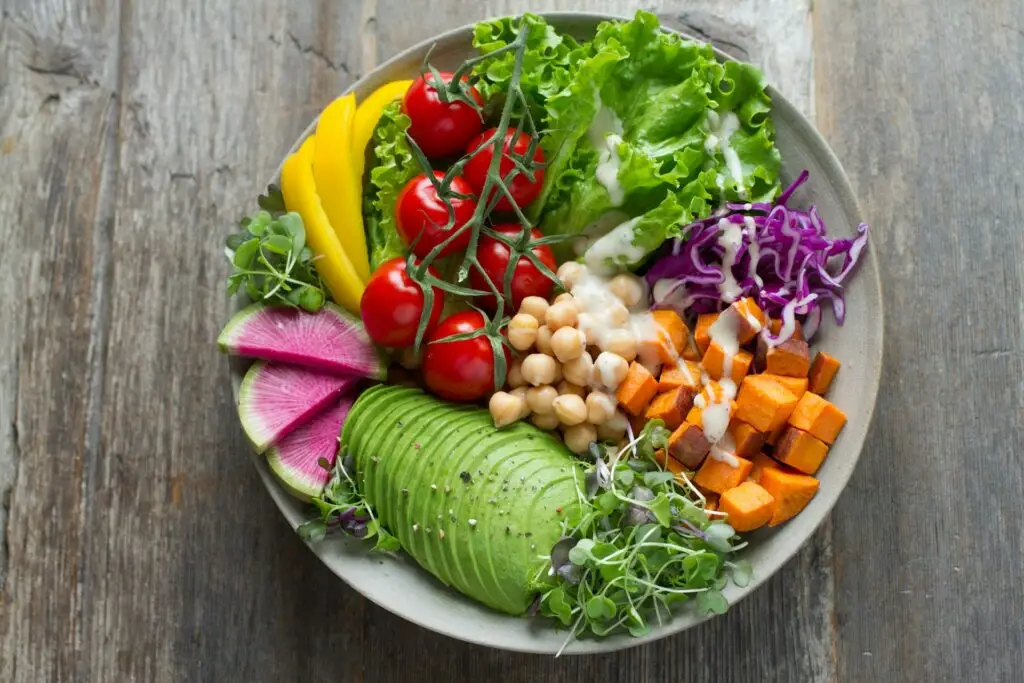
Fruits and Vegetables
These should be the foundation of your diet, providing essential vitamins, minerals, and antioxidants.
Whole Grains and Legumes
- Whole grains: Brown rice, quinoa, oats, barley
- Legumes: Lentils, chickpeas, black beans, kidney beans
Nuts, Seeds, and Healthy Fats
- Almonds, walnuts, chia seeds, flaxseeds
- Avocados, olive oil, and coconut oil for healthy fats
Plant-Based Protein Sources
- Tofu, tempeh, seitan
- Plant-based protein powders
- Nutritional yeast (a great cheese alternative)
Foods to Avoid or Limit
Processed Plant-Based Foods
Just because something is labeled “plant-based” doesn’t mean it’s healthy. Many processed plant-based foods, such as vegan burgers, sausages, and frozen meals, contain high amounts of sodium, unhealthy fats, and artificial ingredients. While they can be convenient, they shouldn’t be the foundation of your diet.
Refined Sugars and Oils
- Refined sugars (such as white sugar and corn syrup) can cause blood sugar spikes and crashes, which can affect energy levels.
- Highly processed vegetable oils (such as soybean and canola oil) can contribute to inflammation. Instead, opt for healthier fats like olive oil, coconut oil, or avocado.
Animal-Based Products
While a plant-based diet doesn’t necessarily mean eliminating all animal products immediately, reducing consumption of:
- Meat (red meat, poultry, processed meats like sausages and bacon)
- Dairy (cheese, milk, butter, yogurt)
- Eggs (consider plant-based alternatives like flax eggs or tofu scrambles)
Will help your body adjust to a plant-centered lifestyle.
Planning Balanced Meals on a Plant-Based Diet
Creating a Well-Balanced Plate
A balanced plant-based meal should include:
- A source of protein (beans, lentils, tofu, tempeh)
- Healthy fats (avocado, nuts, seeds)
- Complex carbohydrates (brown rice, quinoa, whole wheat)
- A variety of vegetables (leafy greens, bell peppers, tomatoes)
Importance of Macronutrients
- Carbohydrates: Provide energy (e.g., sweet potatoes, whole grains, fruits)
- Proteins: Essential for muscle repair and function (e.g., legumes, nuts, seeds)
- Fats: Necessary for brain health (e.g., avocados, olive oil, nuts)
Meal Prep and Planning Tips
- Plan your meals for the week to ensure variety and balance.
- Batch cook staples like rice, beans, and roasted vegetables to save time.
- Keep healthy snacks on hand (e.g., hummus with veggie sticks, trail mix).
Plant-Based Grocery Shopping Tips

How to Read Food Labels
When buying packaged foods, check the ingredients list for added sugars, preservatives, and unhealthy oils. Opt for whole, minimally processed options.
Best Places to Shop for Plant-Based Foods
- Farmers’ markets: Fresh, local produce
- Health food stores: Wide range of plant-based alternatives
- Bulk food stores: Buy grains, legumes, and nuts in bulk to save money
Budget-Friendly Shopping Strategies
- Buy seasonal produce for freshness and affordability.
- Purchase dried beans and grains instead of canned or pre-packaged versions.
- Plan meals around inexpensive staple foods like rice, potatoes, and lentils.
Easy Plant-Based Recipes for Beginners
Breakfast Ideas
- Overnight oats with chia seeds, almond milk, and berries
- Avocado toast on whole-grain bread with hemp seeds
- Smoothie with spinach, banana, protein powder, and flaxseeds
Lunch and Dinner Options
- Quinoa and black bean bowl with roasted vegetables
- Lentil soup with whole-grain bread
- Stir-fried tofu with brown rice and steamed broccoli
Quick Snacks and Desserts
- Hummus with carrot and cucumber sticks
- Almond butter on apple slices
- Dark chocolate with almonds and dried fruit
Overcoming Common Challenges
Dealing with Cravings
Cravings for meat or dairy can be tough in the beginning. Try plant-based alternatives such as:
- Mushrooms or jackfruit for a meaty texture
- Nutritional yeast for a cheesy flavor
- Coconut milk or cashew cream for creamy dishes
Eating Out on a Plant-Based Diet
- Research restaurant menus in advance.
- Ask for modifications (swap dairy for plant-based options).
- Choose ethnic cuisines (Thai, Indian, Mediterranean) that offer plant-based meals.
Social Situations and Peer Pressure
- Bring your dish to gatherings.
- Politely explain your choices without being pushy.
- Find support from online plant-based communities.
Staying Motivated and Consistent
Tracking Progress and Benefits
Keep a food journal to track what you eat and note any improvements in energy, digestion, or weight.
Finding Support Groups and Communities
- Join online groups for recipe inspiration and motivation.
- Connect with friends or family members who share similar goals.
Staying Inspired with New Recipes
Experiment with new plant-based ingredients and try different cuisines to keep meals exciting.
Supplementing a Plant-Based Diet
Do You Need Supplements?
A well-planned plant-based diet can meet most nutritional needs, but some supplements may be beneficial.
Key Supplements to Consider
- Vitamin B12 (essential for nerve function)
- Vitamin D (especially for those who don’t get enough sunlight)
- Omega-3 fatty acids (from algae-based supplements)
Debunking Common Myths about Plant-Based Diets
Lack of Protein Myth
Many plant-based foods provide ample protein, including lentils, beans, tofu, quinoa, and chickpeas.
Expensive Diet Misconception
A plant-based diet can be cheaper when focusing on whole foods like rice, beans, and seasonal produce.
Limited Food Choices Myth
With endless varieties of grains, legumes, vegetables, and spices, plant-based meals can be more diverse than traditional diets.
Final Tips for Long-Term Success
Making It a Sustainable Lifestyle
Instead of aiming for perfection, focus on making gradual, lasting changes that work for you.
Flexibility and Enjoying the Journey
You don’t have to be 100% plant-based overnight. Small changes over time lead to long-term success.
Avoiding Perfectionism
If you slip up, don’t stress—just get back on track and keep moving forward.
Conclusion
Starting a plant-based diet may feel challenging at first, but with the right mindset and preparation, it can be a rewarding and sustainable lifestyle. Focus on whole, nutritious foods, plan your meals, and enjoy the journey. Remember, every step toward a plant-based lifestyle benefits your health, the environment, and animal welfare.
Are you ready to give plant-based eating a try? Start with small changes today and watch how your body and mind respond positively!
FAQs
1. Can I get enough protein on a plant-based diet?
Yes! Foods like lentils, beans, tofu, quinoa, and nuts provide plenty of protein.
2. How do I deal with cravings for meat and dairy?
Try plant-based alternatives, such as mushrooms, jackfruit, cashew cheese, or nutritional yeast.
3. Is a plant-based diet expensive?
No, whole plant foods like rice, beans, and vegetables are often more affordable than meat and dairy.
4. Can I build muscle on a plant-based diet?
Absolutely! Many athletes follow plant-based diets and get their protein from sources like lentils, tofu, and protein-rich grains.
5. How do I start if my family eats meat?
Begin by making plant-based versions of family favorites, and gradually introduce more plant-based meals over time.
Transform Your Body: The Benefits of Regular Gym Workouts
The Relationship Between Gym Workouts and Mental Health
10 Essential Tips for First-Time Gym Goers
Reclaim Your Power: Top Health and Fitness Habits to Live Your Best Life
The Ultimate Guide to Starting Your Gym Journey
8 Fitness Trends You Should Try This Year
8 Must-Have Items for Your Gym Bag
The Poetry of Motion: 10 Fitness Tips for a Body and Soul in Harmony
From Weary to Warrior: The Ultimate Guide to Thriving in Health and Fitness
The Role of Fitness in Stress Management
Step-by-Step Guide to Effective Home Workouts

